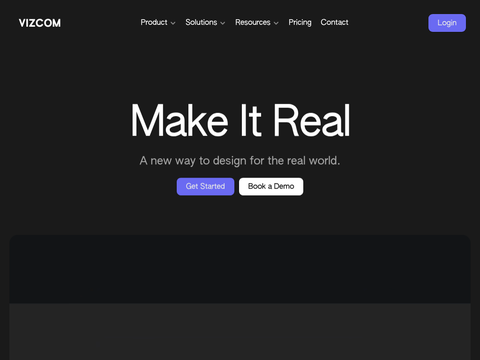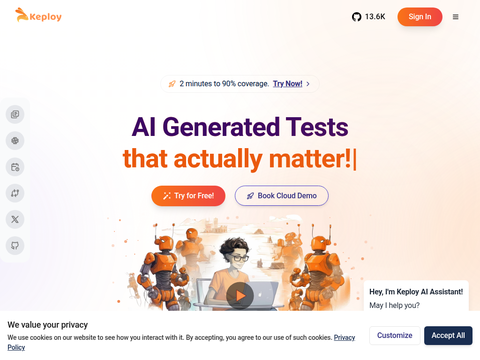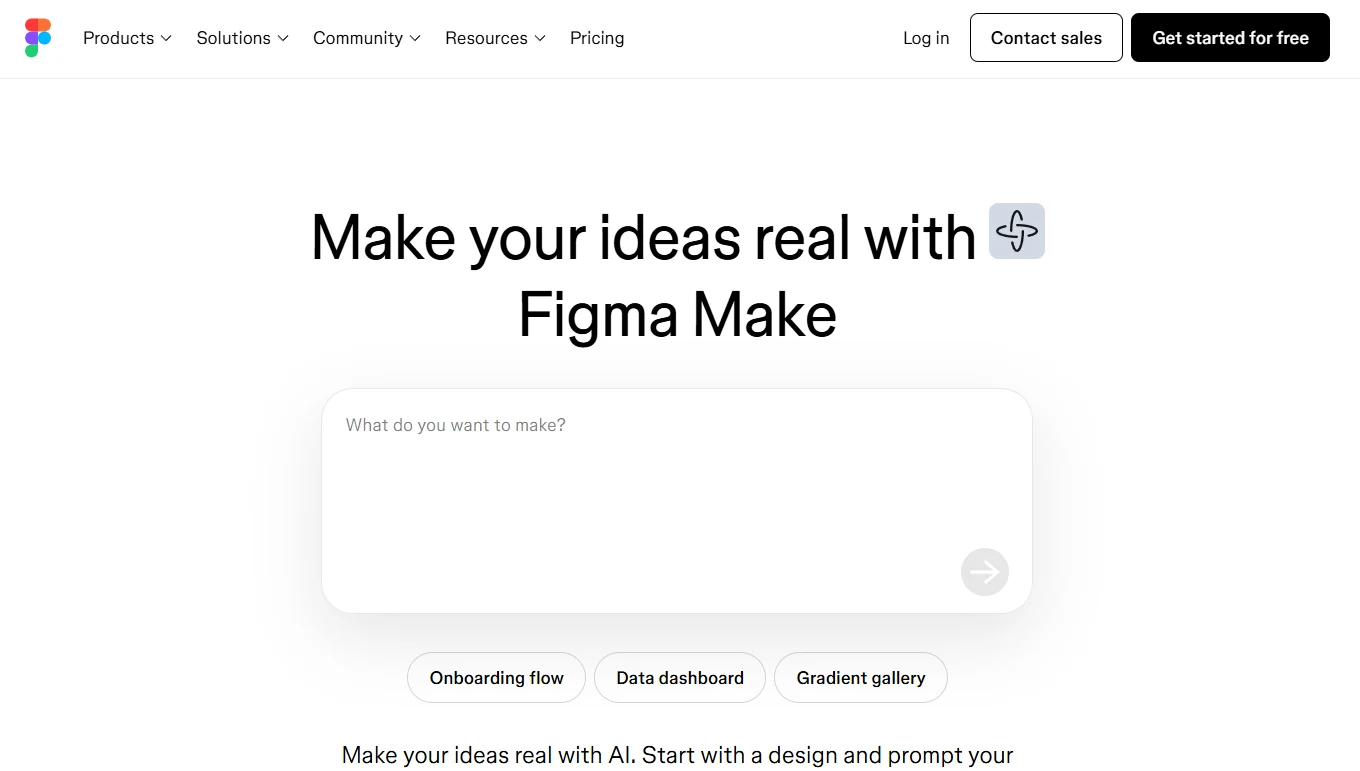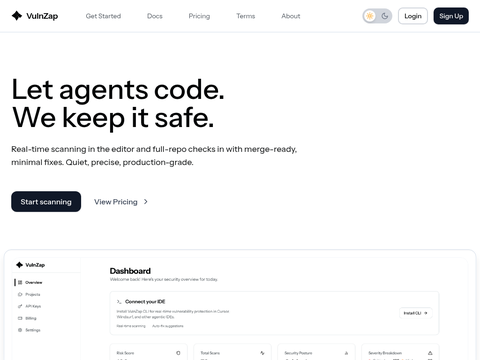The field of artificial intelligence (AI) is witnessing rapid advancements, particularly in the area of multimodal learning. Multimodal models are designed to integrate visual and textual information, enabling machines to comprehend and generate content that relies on inputs from both data sources. This capability is essential for tasks such as image captioning, visual question answering, and content creation, which require the interpretation of multiple data modalities. While numerous models have been developed to address these challenges, only a few effectively harmonize the diverse representations of visual and textual data, leading to inefficiencies and suboptimal performance in real-world applications.
A primary challenge in multimodal learning lies in the encoding and representation of text and image data. Text data is typically defined using embeddings from lookup tables to ensure a structured and consistent format. In contrast, visual data is processed using visual transformers, resulting in unstructured continuous embeddings. This disparity in representation makes it challenging for existing multimodal models to seamlessly integrate visual and textual data. As a result, these models struggle to comprehend the intricate visual-text relationships across various data modalities, limiting their effectiveness in sophisticated AI applications that demand coherent understanding.
Traditionally, researchers have attempted to mitigate this issue by employing connectors such as multilayer perceptrons (MLPs) to project visual embeddings into a space that aligns with text embeddings. While this architecture proves effective in standard multimodal tasks, it must address the inherent misalignment between visual and text embeddings. Leading models like LLaVA and Mini-Gemini incorporate advanced techniques, including cross-attention mechanisms and dual visual encoders, to enhance performance. However, due to the fundamental differences in tokenization and embedding strategies, these models still encounter limitations, highlighting the need for a novel approach that addresses these discrepancies at a structural level.
Researchers from Alibaba Group and Nanjing University have introduced a new version of Ovis: Ovis 1.6. This innovative multimodal large language model (MLLM) tackles the aforementioned challenges by structurally aligning visual and text embeddings. Ovis utilizes a unique visual embedding lookup table, analogous to the one used for text embeddings, to create structured visual representations. This table enables visual encoders to generate embeddings that are compatible with text embeddings, facilitating a more effective integration of visual and textual information. Additionally, the model employs probability tokens to map visual patches multiple times to the visual embedding table. This strategy emulates the structured representations used in text data, promoting a coherent combination of visual and textual inputs.
Ovis's core innovation lies in its use of a visual embedding table to align visual tokens with their textual counterparts. Each image patch is represented by a probability token and is indexed multiple times within the visual embedding table to produce the final visual embedding. This process captures the rich semantics of each visual patch and generates embeddings that are structurally similar to text tokens. Unlike traditional methods that rely on linear projection to map visual embeddings to a joint space, Ovis employs a probabilistic approach to create more meaningful visual embeddings. This technique allows Ovis to overcome the limitations of connector-based architectures, resulting in enhanced performance in multimodal tasks.
Empirical evaluations of Ovis demonstrate its superiority over similarly sized open-source MLLMs. For example, on the MathVista-Mini benchmark, Ovis achieved a score of 1808, significantly surpassing its competitors. Similarly, in the RealWorldQA benchmark, Ovis outperformed leading proprietary models such as GPT4V and Qwen-VL-Plus, scoring 2230 compared to GPT4V’s 2038. These results underscore Ovis's strengths in handling complex multimodal tasks, positioning it as a promising candidate for future advancements in the field. Additionally, researchers assessed Ovis on a range of general multimodal benchmarks, including MMBench and MMStar, where it consistently outperformed models like Mini-Gemini-HD and Qwen-VL-Chat, with performance improvements ranging from 7.8% to 14.1%, depending on the benchmark.
- Structural Alignment: Ovis introduces a novel visual embedding table that achieves structural alignment between visual and text embeddings, enhancing the model's ability to process multimodal data effectively.
- Superior Performance: Ovis surpasses similarly sized open-source models across various benchmark tests, improving performance by up to 14.1% compared to connector-based architectures.
- High Resolution Capability: The model excels in tasks requiring high-resolution image understanding, such as scoring 2230 on the RealWorldQA benchmark, outperforming GPT4V by 192 points.
- Scalability: Ovis demonstrates consistent performance across different parameter scales (7B, 14B), allowing it to adapt to various model sizes and computational resources.
- Practical Applications: With its advanced multimodal capabilities, Ovis is suitable for complex and challenging real-world scenarios, including visual question answering and image description, areas where existing models face difficulties.
In conclusion, the researchers have successfully addressed the longstanding issue of misalignment between visual and text embeddings. By introducing a structured visual embedding strategy, Ovis achieves more effective multimodal data integration and enhanced performance across various tasks. The model's superiority over both open-source and proprietary models of similar parameter sizes, such as Qwen-VL-Max, indicates its potential to set new benchmarks in the multimodal learning landscape. The research team's approach marks a significant advancement in the development of multimodal large language models, paving the way for future research and applications.








